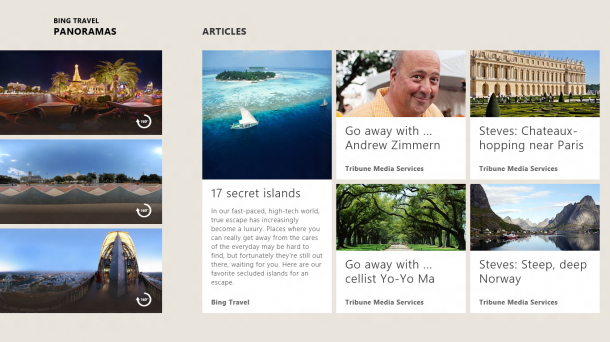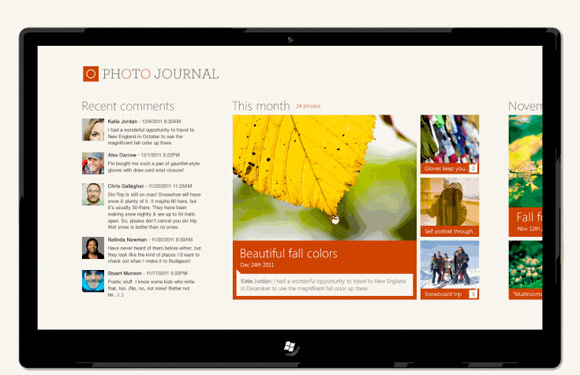Our first Hackweekend is coming up and we thought it’d be good to help you start thinking about how to create beautiful apps. (By the way we heard there will be fireworks going on with NDP rehearsal and we’re pretty excited because we’ve got a good view of that!)

Originality of idea – How important is it?
Some of my friends have asked me how important is the idea for your application? Well, if your app idea is original and valuable, all the better. Sometimes, however, even if the your app isn’t completely original, you can get off to a strong start once you improve on the user experience of other apps that you’ve benchmarked yourself against.
So start with a key sentence to determine the problem that you’re trying to solve. Once you’ve got a clear picture of the app you want to develop, you’ll need to validate your idea with wireframes by determining how it will fit into the existing market.
The thing is, even if there are other apps like it on the market, you should establish how yours will be hotter, sharper, and catchier – not just in what it does, but how. Take 30 minutes to look at the competition on the app store, and what those other apps do well and not so well. What is the user experience like? Could you come up with a cleaner, simpler design for example? Start prototyping and make notes so you can refer back later to anything you thought was particularly good or bad.
Alternatively, if you truly believe that your app idea is exceptionally unique and hasn’t be done before, it’s worth considering why that might be. Is there something you haven’t thought of – a reason why the idea might not work in practice? Hopefully it’s because you’ve hit upon an untapped opportunity, in which case – Awesome! Ultimately, remember that it’s about execution, execution, execution.

Less is more – don’t pull a feature dump on your users
While it might be cool, be realistic about any advanced features you plan to include in your app. As designers and developers, we sometimes tend to get carried away with our ideas and want to implement all of them into a single app. Recognize that the layman probably doesn’t need all the cool functions and features. For example, integrating GPS features drains battery and sometimes makes people nervous about privacy issues.
What you need to keep in mind is that the killer feature of your application should only be one interaction away. Eg: Applying photo filters just takes one step on Instagram – upload and apply, tadah – you’ve got a pretty artistic photo.
Identify core features, create a wish list of those features and how they fit into the core functions of the application. Attach priorities to the features based on your intentions and the feedback received.
Getting feedback on your app ideas
They say the best problems that you should start to solve are those that you face yourself. So if you’re not the target user – go out there and experience it for yourself. Want to make an app to help aunties curate their shopping lists? Then go shopping with an auntie. Don’t be an armchair anthropologist and imagine in your head that the auntie will immediately embrace your app with open arms. Find out about her lifestyle, her habits and whether it even fits into her life – for example, does she have a smartphone to begin with?
When introducing your idea, ask for honest feedback, both about the concept, and the way you plan to execute it – the way you see the app working, what it will do differently, how it will look and feel. Again, take notes. Try to embrace criticism (I know it’s hard but it’s necessary!) – if this is constructive it will ensure you create the best possible product, avoiding any crucial oversights that could cost you user numbers once the app has entered the market place.
Singaporeans are generally a nice and polite bunch, so even if your idea or prototype sucks they’ll say that it’s “nice’. I find that the best way to know if you’ve got a good idea is to ask if they would pay for your app immediately. Ask for the sale. If they’re not willing to do so, it probably means it’s not of value enough.
Think about device choice
With increasing fragmentation in devices, it important to find out about the range of different devices used by your sample group, to pin down anything that irritates them about the way existing apps perform on different screens.
Use this valuable user research to help establish the platform(s) that will deliver the best user experience for your chosen app – and also the biggest potential audience.
Will your app prove most useful, or come to life best, on a smartphone, tablet or PC/laptop? Are there particular features you’ll want to harness that will dictate the user device?
Developing for multiple platforms all in one go may be taking on too much. There are a few options. The first is to start with the most popular platform for your app and for your user base and extend to other devices once you’ve gained some traction in the market. Alternatively, look at what you achieve with web-based development using HTML5 – while this may not let you exploit some of the features of individual platforms, it can offer a way to develop for multiple devices right from the start. You could also look at growing platforms like Windows 8 – there’s an opportunity to promote your product without the noise of a million other apps (but not for long!).
Thinking ahead
It’s important to think ahead however, so start to give some thought to the strategy you plan to adopt for developing, testing and promoting the product, as well as any external skills and resources you may need to draw on at each stage of the process.
All of these measures will help shape your idea from the earliest stages so that your app is set up to be as successful as possible.
Final tip: Don’t spend months on research – the app world moves quickly and you’ll have a valuable head start if you can get the first app of its type to market.
Happy Hacking!
Download the Windows 8 Release Preview
RESOURCES
- Download the Windows 8 Developer Tools– they’re all free
- Windows Developer Centre– all news, updates, links and downloads
- Building Windows 8– an inside look from the Windows engineering team
- http://channel9.msdn.com/– video tutorials and product information from Microsoft
- Windows 8 SG Development Community / Dream Build Launch Facebook Group – need help? Try here.

 Follow
Follow